PROJECTS
Dumitru created a series of cutting-edge aerospace projects for ArcaSpace and General Astronautics

Demonstrator 2B
Demonstrator 2B was the first rocket launched by ArcaSpace. It was launched on September 9, 2004 for the Ansari X Prize Competition. The program was reopened at the beginning of 2009, for the Google Lunar X Prize competition, as this rocket became the second stage of Helen rocket. Demonstrator 2B was a single stage reusable rocket, made entirely from composite materials.
Stabilo
Stabilo was a suborbital manned vehicle launched from the stratosphere using a solar balloon.
Stabilo was designed to be launched from an altitude of 76,000 ft (23,000m). It would be transported, during an 1h:45min flight under a 350.000m3 solar balloon. The launch was done vertically, through the very thin balloon envelope.

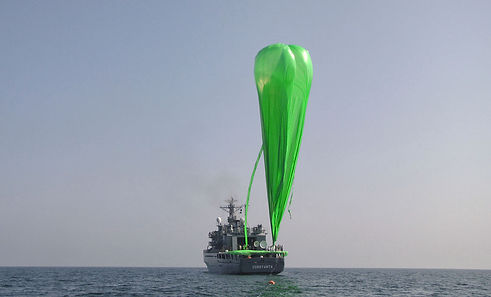
Helen
ArcaSpace's Helen rocket was created for the Google Lunar X Prize Competition to serve as an avionics and propulsion testbed. It launched at 40,000m in 2010. The event represented the first powered flight in the Google Lunar X Prize Competition. The rocket was transported into the stratosphere with the help of an ArcaSpace built helium balloon.

AirStrato
AirStrato was a stratospheric flying robot designed to have a flight ceiling of 18,000m using solar cells and batteries. AirStrato was designed to allow almost a day of endurance and the capability to be controlled via satellite or GSM communication over the Internet from any part of the world.
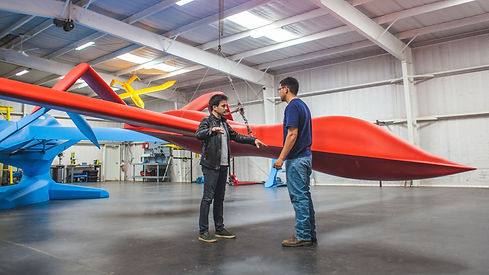

ArcaBoard
The ArcaBoard, was the world's first real hoverboard commercially available. The company signed in 2017 a contract with DARPA and US Army for this technology, ultimately aiming to improve the mobility and responsiveness of US troops on the battlefield.
Launch Assist System (LAS)
The current rockets are using polluting, explosive, corrosive, toxic, carcinogenic propellants. At launch, a heavy rocket releases polluting chemicals into the atmosphere as much as 1 million cars running simultaneously.
ArcaSpace created a water-based rocket that works as first stage, or booster for launch vehicles, allowing the reduction of polluting propellant with 25-50%, or boost the payload capability with around 30% pollution free.
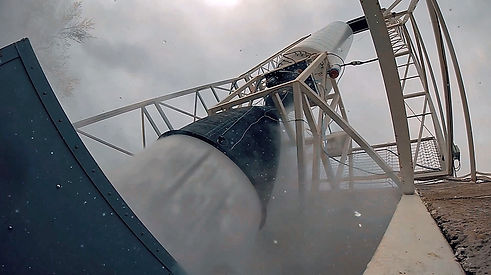
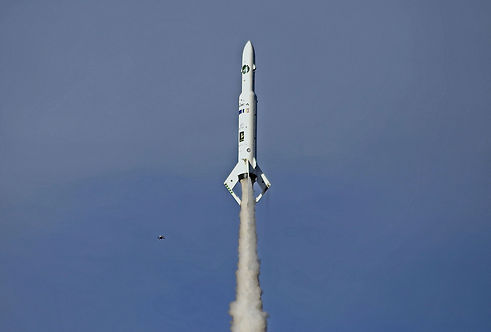
EcoRocket
EcoRocket is a light orbital launcher which chase unprecedented cost-effectiveness and eco-friendliness. The first two stages use ecological propulsion and are reusable. The third stage use conventional rocket propellants and is expandable.
The launch cost is $490.000.
EcoRocket Heavy
World's heaviest and most cost effective orbital rocket launcher.
EcoRocket Heavy is an ecological, reusable, unprecedentedly cost effective rocket, able to launch 24 tones to LEO, that will be used by ArcaSpace to launch the 20 tones AMi Cargo asteroid mining vehicles.
More about EcoRocket Heavy
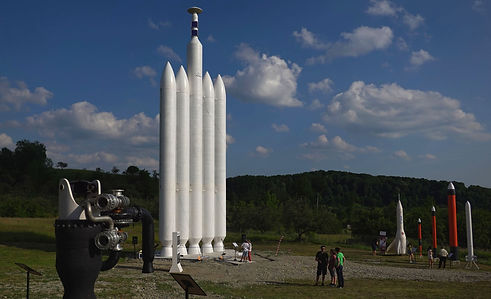
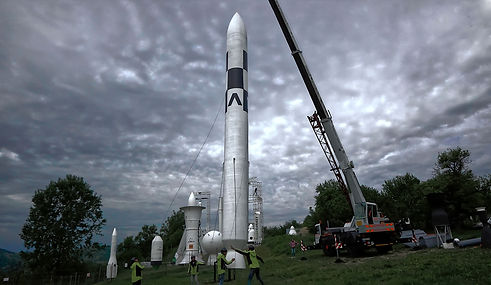
A1
The A1 is an extremely low-altitude, anti-ballistic, hypersonic and supersonic missiles interceptor, designed to protect small, high value assets, by deploying a dome, or a high density dome sector, consisting of 6-10 tons of pellets, chaff and flare, at low altitudes in the path of the incoming targets. The targets are destroyed or diverted through kinetic impact, or by deceiving them with chaff and flare.
The interceptor has the capability to engage incoming MIRV-ed ICBM, SLBM, IRBM, MRBM, RV-ed SRBM, HM and SCM carrying ground detonation warheads, both conventional and nuclear.